2024-12-04 23:26:41|Myriagame |source:minecraft skins
This tutorial is set by the author's setting without permission.
Reminder in the front row: The 7.2.1 version of the beekeeping system is remake and renovate. Part of the content of this article is outdated.
Foreword
"Beekeeping? A block is enough!" - Wozki Shuande
As one of the important logistics of the magic metal (M3), beekeeping is an indispensable part of automation. You can get more than 32 common materials for beekeeping alone.I will do my best to bring you a simple and easy -to -make construction tutorial for automated beekeeping factories.
The M3 module version used in this article is 7.1.6, and the MC version is 1.7.10.
Before reading this article, I assume that readers know the basic content of magic metals.If you want to realize the device discussed in this article, you need to have sufficient logistics resources for construction.
This article only discusses the design plan of the beekeeping factory. It does not involve other modules, will not mention the synthesis of basic resources such as magic energy and queen bees, nor will it be mentioned by product treatment.Readers in need can see the "Related Reading" section at the end of the article.
I hope that after reading this article, readers can have their own gains.
How to put a beehive
Putting more beehives in a certain space is undoubtedly a better choice.Let's start with the judgment mechanism of the upper limit of the beehive:
"When placing, centered on the current beehive, the range of X, Y, and Z axis-13 ~+11 (can be regarded as 25*25*25 range) at most 6 beehivesDestroyed into a drop.
It can be seen that the beehive's determination of the positive direction of the coordinate is 2 grids less than the negative direction, so if we want to maximize the occupation of the beehive, we need to place the beehive in the direction of the reducing the coordinate value (or start from the southeast corner, towards it to towards the southeast corner, towards it towards the southeast corner, towards it towards the southeast corner.Placed in the northwest).As shown in Figure 2.1.
Figure 2.1 Differences caused by the order of placement on the coordinates
According to this principle, the author designed a maximum placement method in a single block plane (16 × 16).As shown in Figure 2.2, the placement needs to be placed in the order of red numbers from small to large in the figure in the figure. Six beehives are placed in each green area.If you put it reasonably, you can place up to 24 beehives in this plane.
Figure 2.2 Graphic diagram of the block
In the case of satisfying the beehive judgment, you can put a beehive in the green area, and the bottom of the beehive can be placed on the bottom of the beehive to stimulate the energy to stimulate the square to improve the efficiency.Here, the author provides a available central symmetry, as shown in Figure 2.3.Following the above principles, two or two groups of beehives are required to ensure that each part is divided into three groups, and each group is different.Note that the south and north are different orientations (although they look the same).In the picture, the method is only one of the many methods, and more layout readers can play freely.
Figure 2.3 Reference of the placement of beehive
The different downs of the beehive here are collectively collected for beekeeping coins. If you haven't understood it yet, I will explain it in detail later.
How to let the beehin work
In order to allow the beehive work, you need to meet 2 conditions: there are queen bees and bees in the beehive; the beehive is 17 grids, and at least 4 flowers are in the height ± 2.If the beekeeping factory is in the main world, it will need the seasons not to be in winter (the "sufficient light" conditions in wiki are doubtful. Even if the entire beekeeping factory is covered with shading glass, the beehive can still work).The author recommends building farmland -related automation in a rich place. One is that the specific environment can accelerate crop growth, followed by beehives that can work in BGM throughout the year.
According to the working principle of the beehive, you only need to put the lattice box in the center, the place where you want to put the flowers nearby to the soil, and then put at least 24 flowers in advance before work.As shown in Figure 3.1, more soil can be replaced on this basis for planting flowers.The advantage of placing in the center is that there is only one checkered box. The generating flowers within the range can be detected by all beehives, and because the flower box can accept the acceleration effect of the beehive, the flower supplement speed is very fast.Its shortcomings are that the checkered box consumes fertilizers very fast, about 0.3/s.
Figure 3.1 Reference for the placement of flowers and lattice boxes
Next is to replenish the queen bees and bees for the beehive.Place the crystal of the moving object above the beehive, as shown in Figure 3.2.The space in the middle we will put in other things.
Figure 3.2 Place the migrant crystal for input items
Put two melting furnaces in the center of the block for the transmission chain of the queen bees and bees in the entire block, as shown in Figure 3.3.The melting furnace is due to the low cost of the furnace, and there is only a capacity for the migrant crystal. If the capacity is small, the capacity can avoid accumulating too much items in the container when transmitted items (this point can be ignored under sufficient raw materials).
Figure 3.3 The furnace of Queen Bee and Bee-Crystal Transmission Chain
The fertilizer of the flower box is very simple, and the direct chain can be transmitted upward, as shown in Figure 3.4.
Figure 3.4 The fertilizer transmission chain of the lattice box
The external input resources in the figure can basically be self -sufficient with the operation of the beekeeping factory, but it requires a certain amount of initial resources when starting. The amount of these resources determines how much the beekeeping factory can be done.
In the end, we also need to provide magic energy for these crystals, and put down the magic manufacturer and magic can share stone monuments in the last space of the block center.Note that the vertical range of a stone monument sharing magic capacity is 5 square meters, so it is enough to share one energy for each layer (preferably the highest -level manufacturing) to avoid unnecessary trouble in the common effect of multiple energy sources.Worrying about the sky.As shown in Figure 3.5, the supplement of magic can only be transmitted upward in the chain in the magic manufacturer.Figure 3.5 Energy placement reference
The work of entering the material comes to an end, and just need to wait for the work of the beehive to continue to produce resources.
How to collect
Collect beehive output
Collecting the resources in the beehive, the readers must have no teacher.Each layer is placed in the appropriate position and the migrant crystal and collecting box are placed, then the collecting box is transmitted under the chain, and the processing is finally concentrated.I won't go into details here. Let's focus on how to automatically collect beekeeping coins.
Collect bee coin
Under normal circumstances, when the player right -clicks the GUI of the beehive, he also obtains the beekeeping experience and bee coins stored in the beehive.When we only need to collect coins, we can use item crystal instead of the player right -click, and then use the collection crystal to suck away the bee coin.
The item crystal strictly identifies the two squares below it. For the beehive, different orientation will not be recognized as a block.Therefore, the two or two groups mentioned above can allow the two items crystal to identify the squares under the opponent's feet, and there will be no repeated identification that causes the beehive to not be collected.
Because the item crystal here is the operation of the player's right -click to open the container, what item is stored in the crystal is unrelated (it can be understood that the player will not affect the right -click container no matter what the player holds).A tips: Put a item in each grid in a suspended box, and then place the crystal of the items on the box to set the crystal range to 2.Go to the top of the beehive, so reciprocate.Finally, collect crystal collection coins at the central open space.The results are shown in Figure 4.1.
Figure 4.1 Place items crystal
At this point, a single -block beekeeping factory is basically completed, but we can continue to improve it.
How to expand
Structured expansion
After we completed the plane layout of the beehive, we now see this part as a whole vertical stacking on the Y axis.According to the principle of judgment, if it is stacked vertically to maximize the efficiency in the block, each layer of beehive is stacked from top to bottom, but it is a bit anti -intuitive (the high -rise building should be flat).This article recommends stacking from bottom to top, because this is more in line with general needs, more beautiful and more practical, and you can not consider the order of the Y axis.The maximum use of the block is only suitable for some players who pursue the limit.
Here are stacked from bottom to top, and each floor contains a 3 -layer design plan with a platform, beehive and 3 -layer white.After simple calculations, the position of the Y -axis of each layer of the platform where each layer is located is shown in Table 5.1.If the reader wants to build the entire block, then this form may be used, and only the Y -axis coordinates of the platform can be guaranteed in the table, which is not related to the order.Form data is for this design for reference only.
Table 5.1 The relationship between the platform and the Y -axis height
1
23456789101112131414151617 Bee Ship 11163146617691106121136151166181196 641567186101161311461619191206221236251
If readers have enough patience and resources, they can build such a block with 1224 beehives.The price is to need nearly 5,000,000 bee -raising coins, and 80%of them are used to buy Tomir's golden beehive.If there is a full -load block, it is recommended to put the golden beehive at the end.
Function extension
We know that the beehive also has the function of accelerating crop growth, and you must feel that there is only a waste of beekeeping.Then we try to use the remaining space.
First of all, let's think about the principle of accelerated crops in the beehive: "The closer the crop is closer to the beehive, the greater the chance of being accelerated (the chance of the recent crop and the farthest crop can be nearly 72 times)." It can be seen that although the design of a single block design isThere are accelerated overlapping areas between the beehives of the four corners, but because the acceleration probability is too large with the distance, the acceleration area of the overlapping species in the beehive will not have a significant effect.The conclusion is that the closer to the beehive when planting crops.
Plant some crops near the beehive, place water and agricultural crystals, put the crystals and boxes in the center of the block, and use the box to collect the drops and seeds.EssenceAs shown in Figure 6.1, one of the solutions designed in the figure (if in rich places, cultivated land can be replaced with gardening), readers can easily increase or reduce cultivated land according to their own needs.
Figure 6.1 The design reference of only arable land is added
But don't forget, we have something that can urge long crops: growing crystals.The upper limit of the distance is that it is cleverly consistent with the beehive, and the probability of acceleration is equal within the range, which means that the crops in the overlapping area have a higher chance of being cooked.However, its limit is that there are three types of beehives but only one growth crystal. It has to put a layer of crystal every 2 layers, and it cannot cooked a crop with a very slow growth rate.As shown in Figure 6.2, growing crystals near the beehive, energy stimulation blocks on its bottom, and adding upgrades to the crystal can further improve the efficiency of ripening crops.Figure 6.2 Design reference with growth crystals
The previous beehive solution seems to only put down 8 growth crystals.In this regard, the author has redemu the layout of 12 growth crystals for growth crystals, which can be referenced. As shown in Figure 6.3, the cyan area is a overlapping area that is cooked by all growth crystals.
Figure 6.3 Optimization layout for growth crystals reference
The plan provided by the author may not be the optimal solution (but the efficiency is absolutely not low), and more layouts are also requested to play freely.
Conclusion
Thank you for seeing the last.This tutorial is the first graphic tutorial I wrote. There will be some places of beauty, please also contain more.
I hope this article can help you and better experience the automation of the M3.Welcome to leave your views or suggestions in this article in the comment area.
Finally, I wish you all a happy game!
Related reading
Part of the content of the following articles is outdated, but it still has reference value.
Chu Xue · Bing: Technology realizes automatic beekeeping
Thank you for watching!

National Service DNF Dark Ni
2025-01-28 09:19:27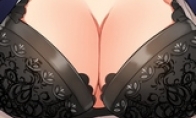
The new screenshot of the be
2025-01-28 09:18:57
The 15th anniversary wallpap
2025-01-28 09:18:27
3DM Xuanyuan Sinicization Gr
2025-01-28 09:17:57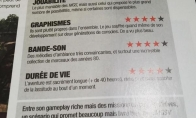
French magazine is the first
2025-01-28 09:17:27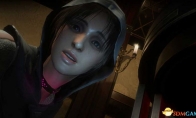
The sneak game "Republic" wi
2025-01-28 09:16:57
The story between humans and
2025-01-28 09:16:27
Capture "Trinity 3: Artifact
2025-01-28 09:15:27
Wind direction change "Myste
2025-01-28 09:14:57
DICE's new project "Dream" w
2025-01-28 09:14:27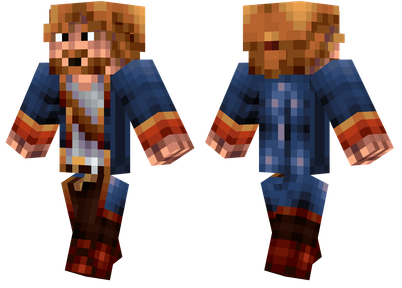
Pirate Minecraft Skins
Minecraft Skins
2024-12-10 04:11:27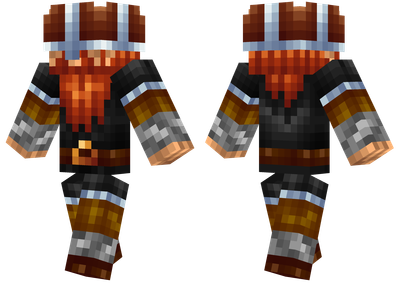
Pirate Minecraft Skins
Minecraft Skins
2024-12-10 04:11:26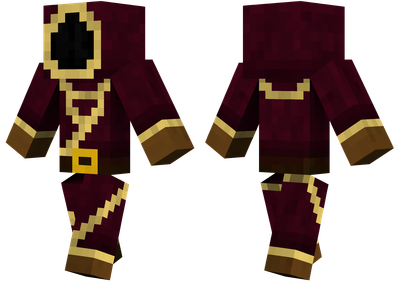
Master Minecraft Skins
Minecraft Skins
2024-12-10 04:11:25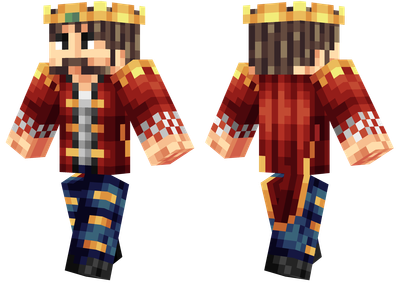
King Minecraft Skins
Minecraft Skins
2024-12-10 04:11:25
Guide Minecraft Skins
Minecraft Skins
2024-12-10 04:11:24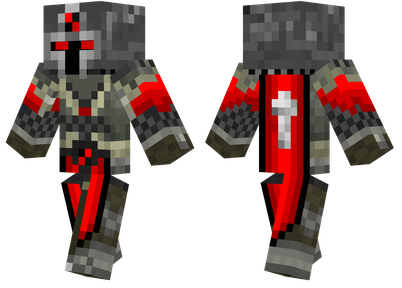
Dark Knight Minecraft Skins
Minecraft Skins
2024-12-10 04:11:23
Sparta Minecraft Skins
Minecraft Skins
2024-12-10 04:11:23
Moncraft Skins of the War
Minecraft Skins
2024-12-10 04:11:22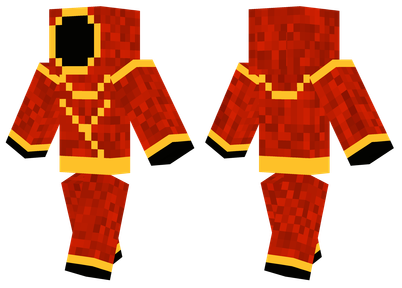
Red Witch Minecraft Skins
Minecraft Skins
2024-12-10 04:11:22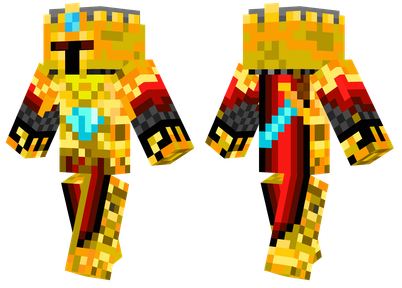
Golden Cavaliers Minecraft S
Minecraft Skins
2024-12-10 04:11:22